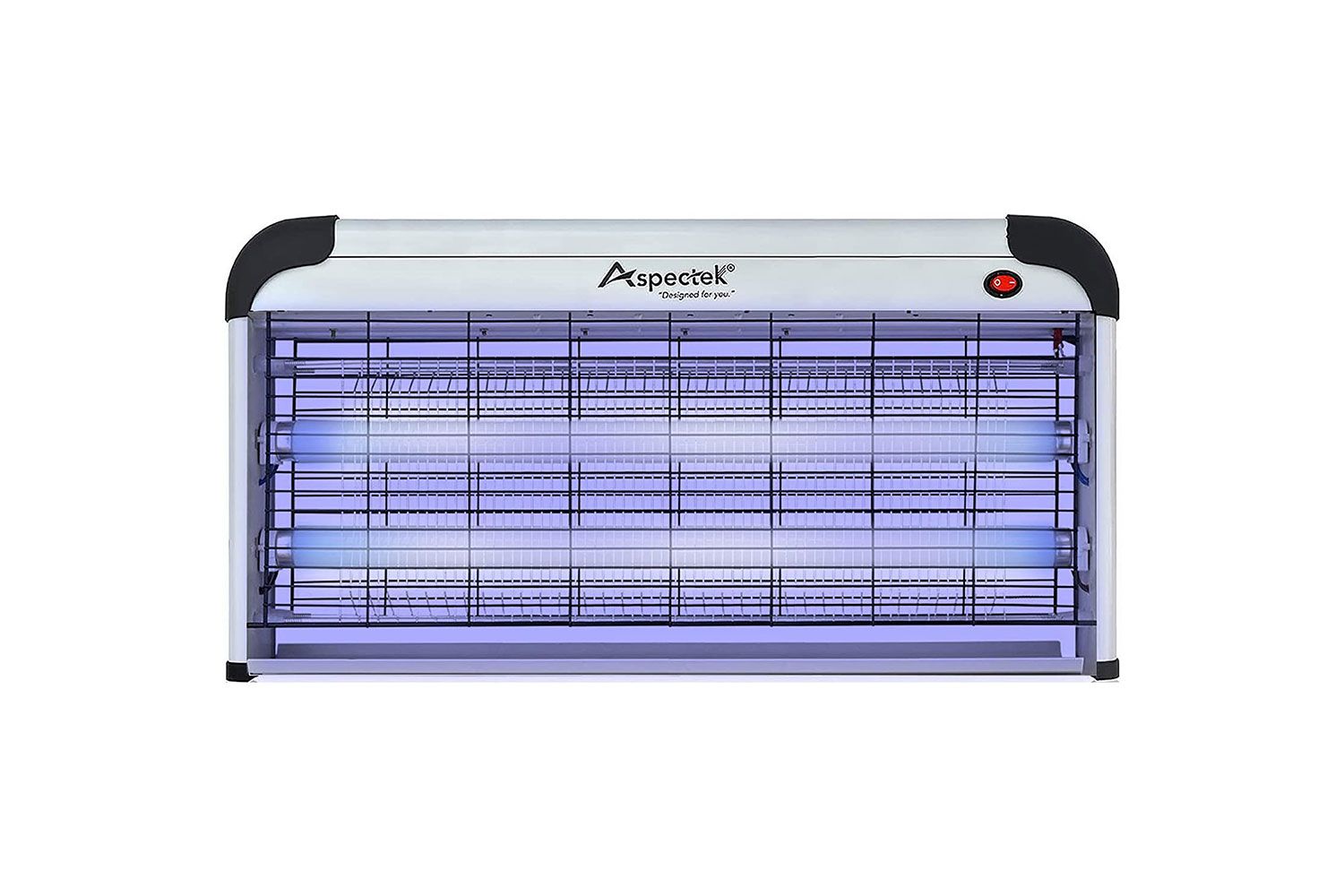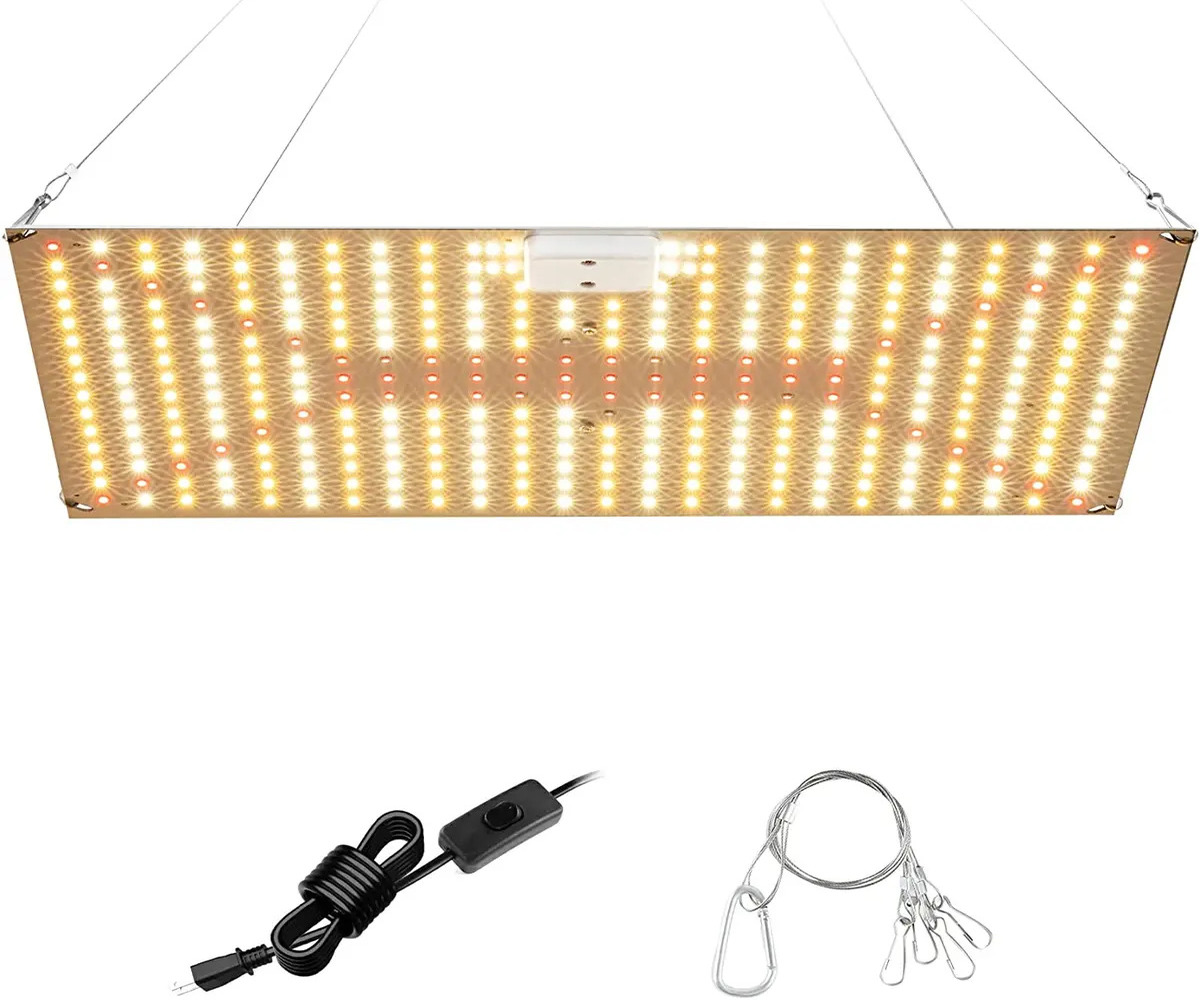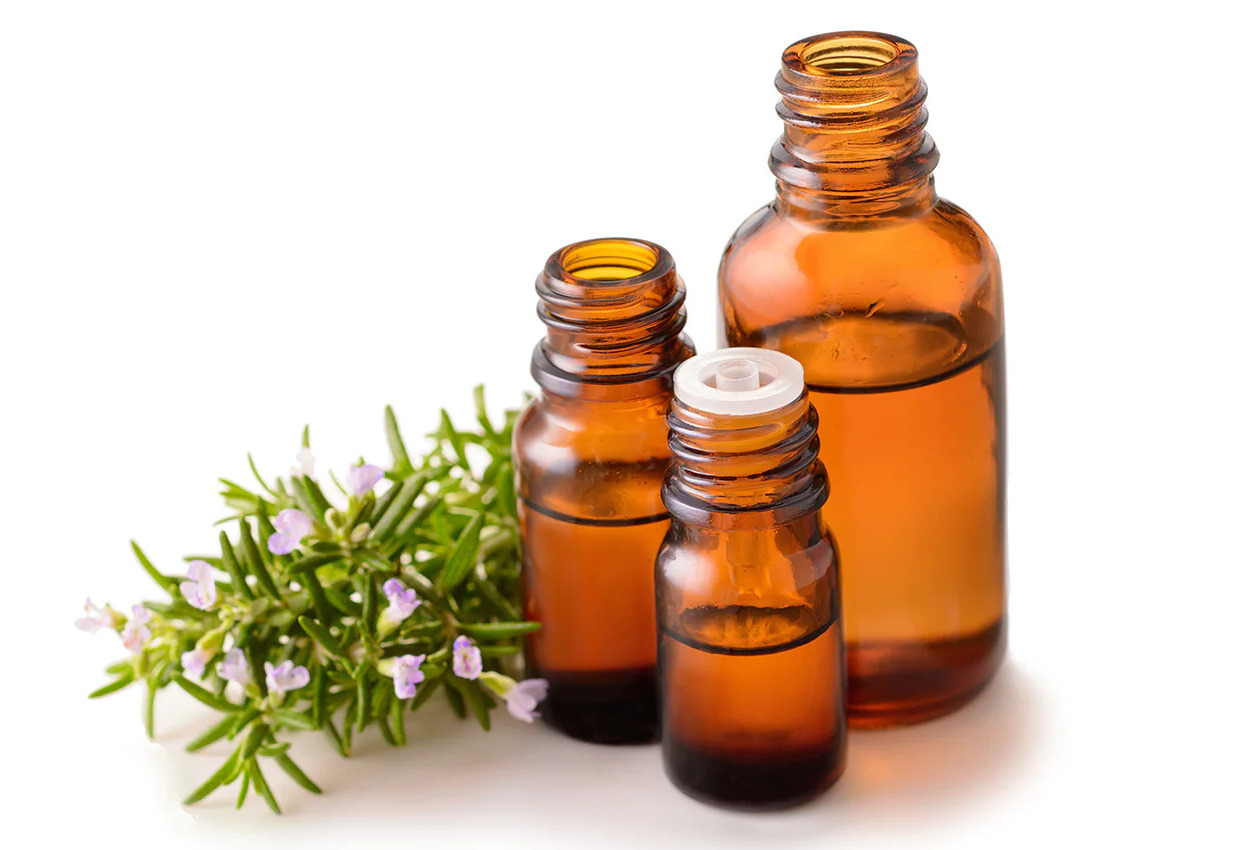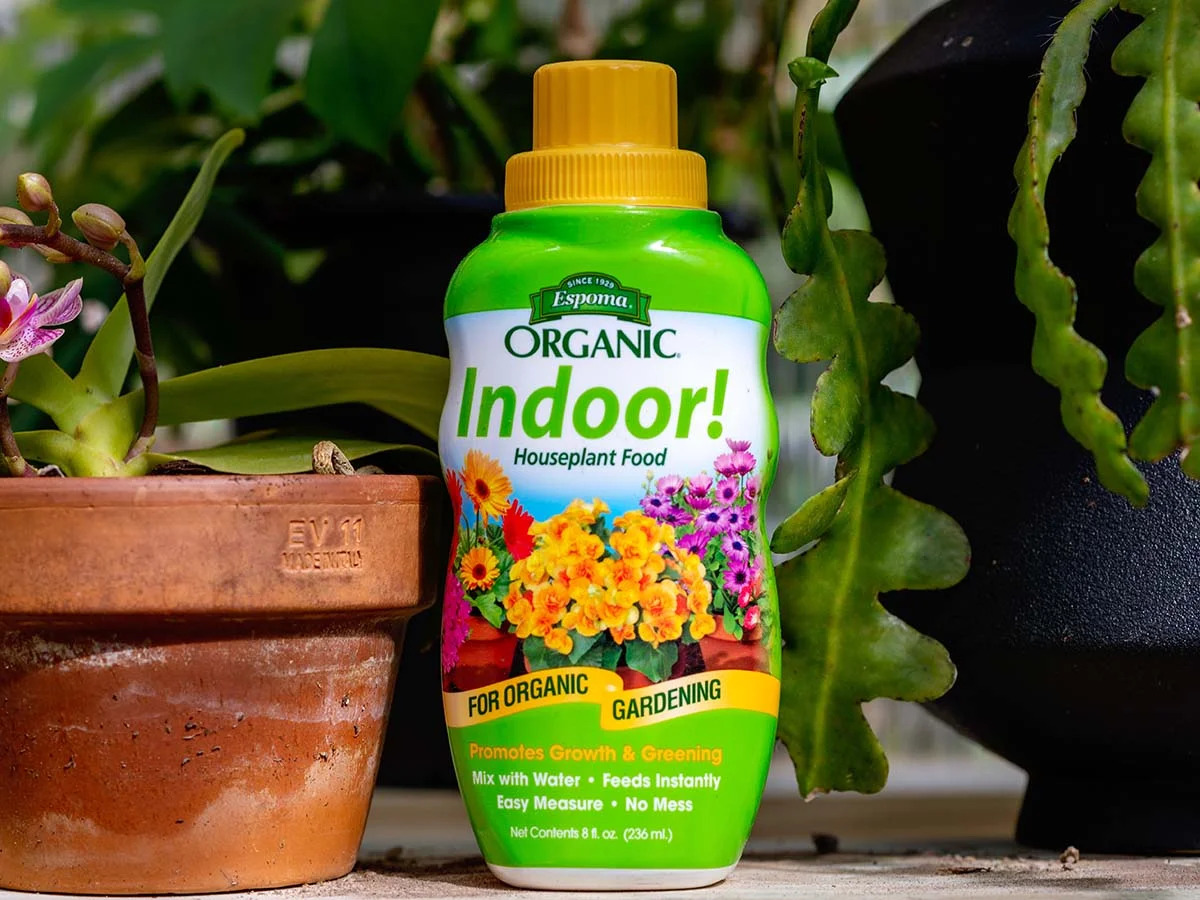Home>Types of Gardening>Ornamental Gardening>Which Bonsai Is Best For Indoors


Ornamental Gardening
Which Bonsai Is Best For Indoors
Modified: January 22, 2024
Discover the top ornamental gardening tips for growing bonsai trees indoors. Find out which bonsai varieties thrive in indoor environments.
(Many of the links in this article redirect to a specific reviewed product. Your purchase of these products through affiliate links helps to generate commission for Chicagolandgardening.com, at no extra cost. Learn more)
Table of Contents
Introduction
Bonsai, the art of growing miniature trees, has captivated gardening enthusiasts for centuries. The delicate balance of nature and human intervention required to cultivate these exquisite living sculptures makes bonsai a truly unique and rewarding pursuit. While traditionally associated with outdoor cultivation, the practice of growing bonsai indoors has gained popularity due to its accessibility and ability to bring a touch of nature into any living space.
Indoor bonsai cultivation presents a set of challenges distinct from those faced in outdoor settings. Factors such as light exposure, humidity levels, and space constraints must be carefully considered to ensure the health and vitality of these miniature trees. Additionally, the choice of bonsai species plays a pivotal role in determining the success of indoor cultivation, as each species has specific requirements and tolerances.
In this comprehensive guide, we will explore the best bonsai species for indoor cultivation, taking into account various factors such as light conditions, beginner-friendliness, and adaptability to limited spaces. Whether you are a seasoned bonsai aficionado or a novice gardener eager to embark on this enchanting journey, this guide will equip you with the knowledge to select the perfect indoor bonsai that suits your preferences and living environment.
Embark on this horticultural adventure with an open mind and a willingness to nurture these miniature marvels, and you will discover the joy and tranquility that indoor bonsai cultivation brings to your home.
Factors to Consider
Before delving into the specific bonsai species suitable for indoor cultivation, it is essential to consider several crucial factors that significantly impact the well-being of these miniature trees. Understanding and addressing these factors will contribute to a thriving indoor bonsai environment, allowing your chosen bonsai to flourish and beautify your living space.
- Light Exposure: One of the most critical factors for indoor bonsai cultivation is light exposure. Different bonsai species have varying light requirements, and it is essential to assess the available natural light in your indoor space. South-facing windows typically receive the most sunlight throughout the day, making them ideal for light-loving bonsai species. Conversely, if your living space lacks natural light, supplemental grow lights can be employed to provide the necessary light spectrum for optimal growth.
- Humidity Levels: Indoor environments often have lower humidity levels compared to outdoor settings, which can affect the health of bonsai trees. Certain bonsai species thrive in higher humidity, necessitating regular misting or the use of humidity trays to create a conducive microclimate. Understanding the humidity requirements of your chosen bonsai species is crucial for maintaining its vigor and preventing issues such as leaf browning or drying.
- Temperature Tolerance: Bonsai species exhibit varying temperature tolerances, and it is vital to select species that can adapt to the indoor climate of your living space. While some species can withstand fluctuations in temperature, others require consistent warmth. Considering the seasonal temperature variations in your region and how they may affect indoor bonsai cultivation is paramount.
- Space Constraints: Indoor bonsai cultivation demands careful consideration of available space. Compact and slow-growing bonsai species are well-suited for smaller living spaces, while larger varieties may thrive in spacious areas. Understanding the growth habits and space requirements of different bonsai species will aid in selecting the perfect match for your indoor setting.
- Watering and Drainage: Proper watering and drainage are fundamental to the health of indoor bonsai. Understanding the watering needs of your chosen bonsai species, as well as ensuring adequate drainage to prevent waterlogged soil, is essential for preventing root rot and maintaining overall vitality.
By taking these factors into account, you can make informed decisions when selecting the best bonsai species for your indoor environment. Each factor plays a pivotal role in creating a nurturing and sustainable habitat for these miniature arboreal treasures.
Best Bonsai for Low Light Conditions
Indoor spaces with limited natural light present a unique challenge for bonsai enthusiasts, as not all species can thrive in low-light environments. However, several resilient bonsai species are well-suited for such conditions, allowing individuals to enjoy the beauty of bonsai cultivation even in areas with minimal sunlight.
One exemplary bonsai species renowned for its adaptability to low light is the Chinese Elm (Ulmus parvifolia). This versatile species can thrive in moderate to low light conditions, making it an excellent choice for indoor cultivation. The Chinese Elm’s small, glossy leaves and intricate branching patterns lend an elegant charm to any indoor space, and its tolerance for low light levels makes it an ideal companion for environments with limited natural light.
Another notable bonsai species suitable for low light conditions is the Cast Iron Plant (Aspidistra elatior). Known for its robust nature and resilience in low-light settings, the Cast Iron Plant is a popular choice for indoor bonsai enthusiasts seeking a low-maintenance yet visually appealing addition to their living spaces. Its dark green, leathery leaves and adaptability to low light make it an excellent candidate for indoor bonsai cultivation.
For individuals seeking a touch of exotic allure in their indoor bonsai collection, the Ficus Retusa (Ficus microcarpa) is a compelling choice for low light environments. Also known as the Ginseng Ficus, this species boasts glossy, dark green foliage and a striking, bulbous root system, adding a distinctive aesthetic to indoor settings with subdued light levels.
When cultivating bonsai in low light conditions, it is crucial to select species that can thrive in such environments without compromising their overall health and vitality. The Chinese Elm, Cast Iron Plant, and Ficus Retusa exemplify the adaptability and visual appeal necessary for successful indoor bonsai cultivation in low light settings.
Best Bonsai for High Light Conditions
Indoor spaces blessed with abundant natural light offer an opportunity to cultivate bonsai species that thrive in high light conditions, showcasing their vibrant foliage and intricate forms. Selecting the right bonsai species that can harness and flourish in ample sunlight is essential for creating a visually striking and healthy indoor bonsai display.
The Ficus Ginseng (Ficus retusa) stands out as an excellent choice for indoor bonsai enthusiasts seeking a species that thrives in high light conditions. With its glossy, deep green leaves and a penchant for bright, indirect sunlight, the Ficus Ginseng embodies elegance and resilience. Its ability to thrive in high light settings makes it an ideal candidate for adorning sun-drenched indoor spaces with its captivating presence.
Another remarkable bonsai species well-suited for high light conditions is the Jade Plant (Crassula ovata). Renowned for its fleshy, jade-green leaves and visually appealing trunk structure, the Jade Plant flourishes in bright, direct sunlight, making it an enchanting addition to indoor settings with ample natural light. Its ability to withstand high light levels while retaining its ornamental charm makes it a popular choice for indoor bonsai cultivation.
The Japanese Black Pine (Pinus thunbergii) is a captivating bonsai species that thrives in high light environments, showcasing its distinctive dark green needles and rugged, windswept appearance. Its resilience in full sun and its adaptability to high light conditions make it an excellent choice for indoor bonsai enthusiasts seeking a species that can harness the sun’s energy to manifest its inherent beauty.
When selecting bonsai species for high light conditions, it is essential to choose resilient species that can harness the abundant sunlight to thrive and showcase their ornamental characteristics. The Ficus Ginseng, Jade Plant, and Japanese Black Pine exemplify the grace and vigor required for successful indoor bonsai cultivation in high light environments.
Best Bonsai for Beginners
Embarking on the journey of bonsai cultivation can be an enriching and rewarding experience for beginners, provided they select bonsai species that are well-suited for novice enthusiasts. When venturing into the world of indoor bonsai, it is essential for beginners to choose resilient and forgiving species that facilitate learning and experimentation while offering visual appeal and intrinsic charm.
The Juniper (Juniperus spp.) is a quintessential choice for beginners venturing into the art of indoor bonsai cultivation. Renowned for its hardiness and forgiving nature, the Juniper boasts delicate, needle-like foliage and a captivating, windswept aesthetic. Its adaptability to varying light conditions and minimal water requirements make it an ideal companion for novice bonsai enthusiasts seeking an introductory species to nurture and admire.
Another beginner-friendly bonsai species is the Chinese Elm (Ulmus parvifolia), celebrated for its resilience and adaptability to indoor environments. With its small, glossy leaves and intricate branching patterns, the Chinese Elm offers a visually appealing canvas for beginners to explore the art of bonsai shaping and maintenance. Its forgiving nature and responsiveness to pruning and training make it an excellent choice for those new to the world of indoor bonsai cultivation.
The Ficus Retusa (Ficus microcarpa), also known as the Ginseng Ficus, is an approachable bonsai species well-suited for beginners due to its robust nature and forgiving care requirements. Its glossy, dark green foliage and distinctive bulbous root system add a touch of exotic allure to indoor settings, while its adaptability to different light conditions and minimal maintenance needs make it an ideal candidate for novice bonsai enthusiasts.
For beginners eager to delve into the art of indoor bonsai cultivation, selecting forgiving and adaptable species such as the Juniper, Chinese Elm, and Ficus Retusa is paramount. These species offer an excellent starting point for honing bonsai care and cultivation skills while experiencing the intrinsic beauty of these miniature arboreal wonders.
Best Bonsai for Small Spaces
Cultivating bonsai in small living spaces presents a delightful opportunity to adorn compact environments with the beauty and tranquility of these miniature arboreal treasures. When selecting bonsai species for small spaces, it is essential to choose varieties that exhibit restrained growth habits and can thrive within limited confines, enhancing the aesthetic appeal of confined indoor settings without overwhelming the available space.
The Japanese Maple (Acer palmatum) stands out as an enchanting choice for small spaces, offering delicate, palmate leaves and a graceful silhouette that complements compact indoor environments. Its slow growth rate and intricate branching structure make it an ideal candidate for bonsai enthusiasts seeking to introduce a touch of elegance and natural beauty to their limited living space without compromising on visual impact.
Another captivating bonsai species suitable for small spaces is the Boxwood (Buxus spp.), celebrated for its dense foliage and compact growth habit. The Boxwood’s resilience and adaptability to container cultivation make it an excellent choice for adorning small indoor settings with its verdant charm. Its ability to withstand regular pruning and shaping while maintaining its ornamental appeal renders it an ideal bonsai species for confined living spaces.
The Portulacaria afra (Elephant Bush) is a delightful choice for small indoor spaces, offering petite, succulent foliage and a charming, miniature tree-like form. Its adaptability to container cultivation and minimal water requirements make it an excellent companion for individuals seeking a low-maintenance yet visually appealing bonsai species to grace their limited living quarters.
When selecting bonsai species for small spaces, it is essential to prioritize varieties that exhibit restrained growth, visual appeal, and adaptability to container cultivation. The Japanese Maple, Boxwood, and Portulacaria afra exemplify the grace and charm required for successful indoor bonsai cultivation in compact living environments.
Conclusion
Embarking on the captivating journey of indoor bonsai cultivation opens a world of horticultural artistry and natural beauty, enriching living spaces with the allure of miniature trees. Selecting the best bonsai species for indoor environments involves a thoughtful consideration of various factors, including light exposure, space constraints, and the unique requirements of each species. Whether you are drawn to the delicate foliage of the Chinese Elm, the resilient charm of the Ficus Retusa, or the intricate beauty of the Japanese Maple, there is a bonsai species perfectly suited to adorn your indoor living space.
It is essential to recognize the diverse needs and preferences of each bonsai species, ensuring that their inherent beauty can thrive within the confines of your indoor environment. By considering factors such as light exposure, humidity levels, and space constraints, you can create a nurturing habitat for your chosen bonsai, allowing it to flourish and bring a touch of natural splendor to your home.
For beginners venturing into the enchanting realm of indoor bonsai cultivation, selecting forgiving and adaptable species such as the Juniper, Chinese Elm, and Ficus Retusa provides an excellent starting point for honing bonsai care and cultivation skills. These species offer an opportunity to learn and experiment while experiencing the intrinsic beauty of these miniature arboreal wonders.
Whether your living space is bathed in abundant natural light or graced with subdued illumination, there is a bonsai species perfectly suited to thrive and enhance the aesthetic appeal of your indoor environment. From the resilient Ficus Ginseng to the delicate Japanese Maple, each bonsai species offers a unique blend of visual allure and adaptability, enriching indoor settings with their captivating presence.
As you embark on this horticultural adventure, may the art of indoor bonsai cultivation bring tranquility, joy, and a deeper appreciation for the intricate beauty of nature into your home. Nurturing these miniature marvels is not only a testament to your dedication as a gardener but also a celebration of the timeless artistry and harmony that bonsai embodies.








